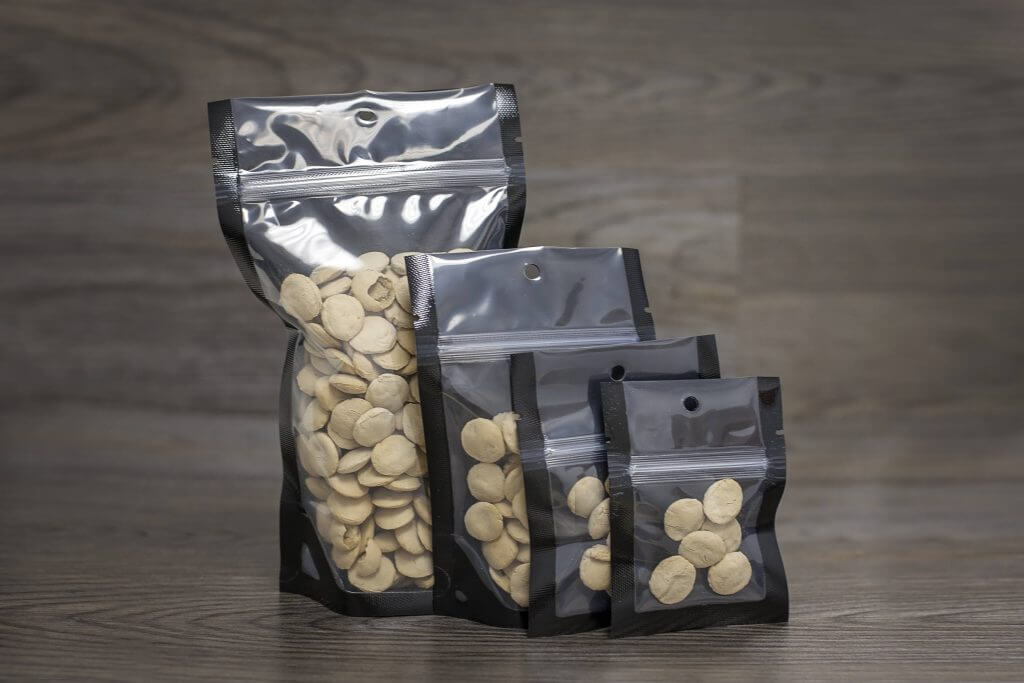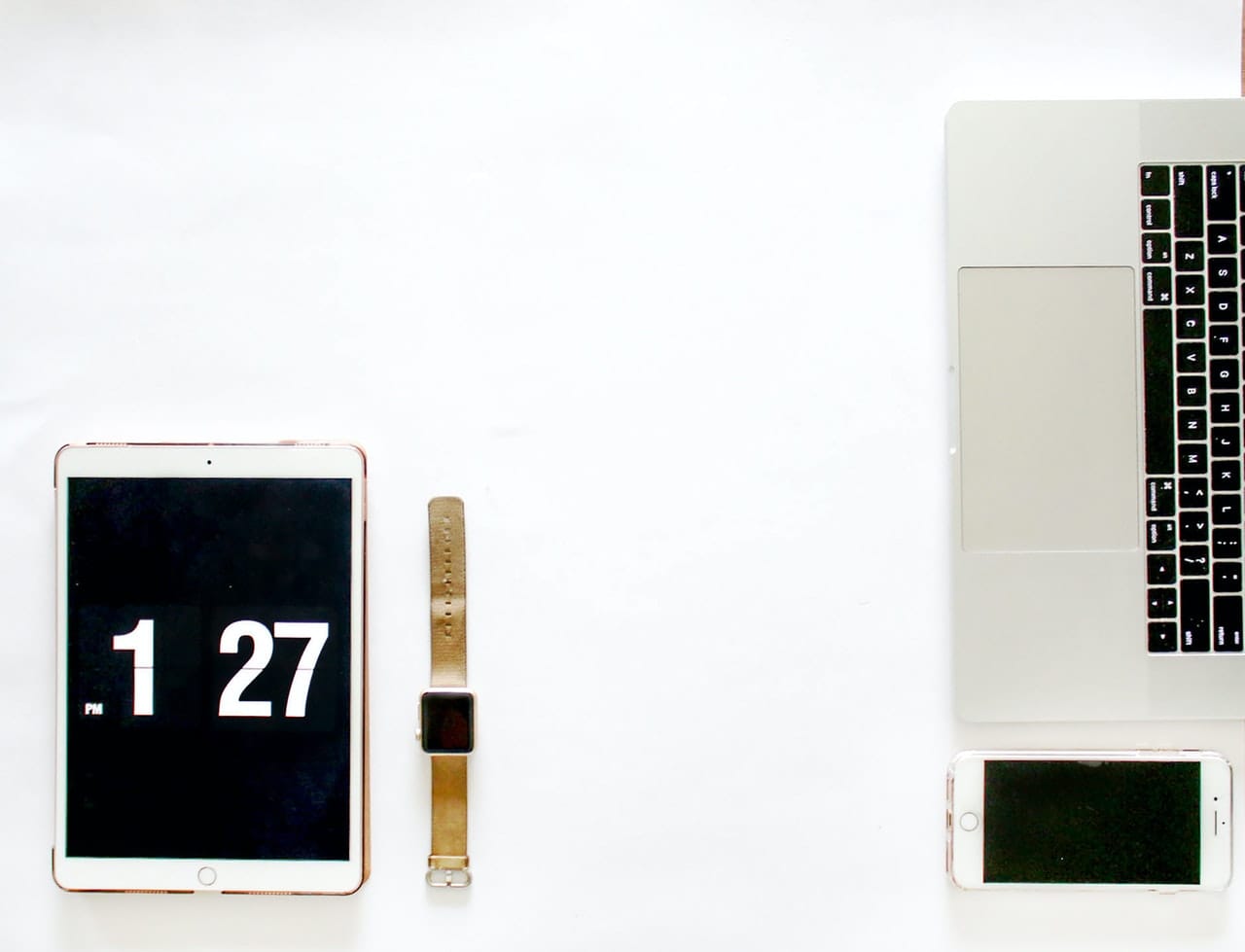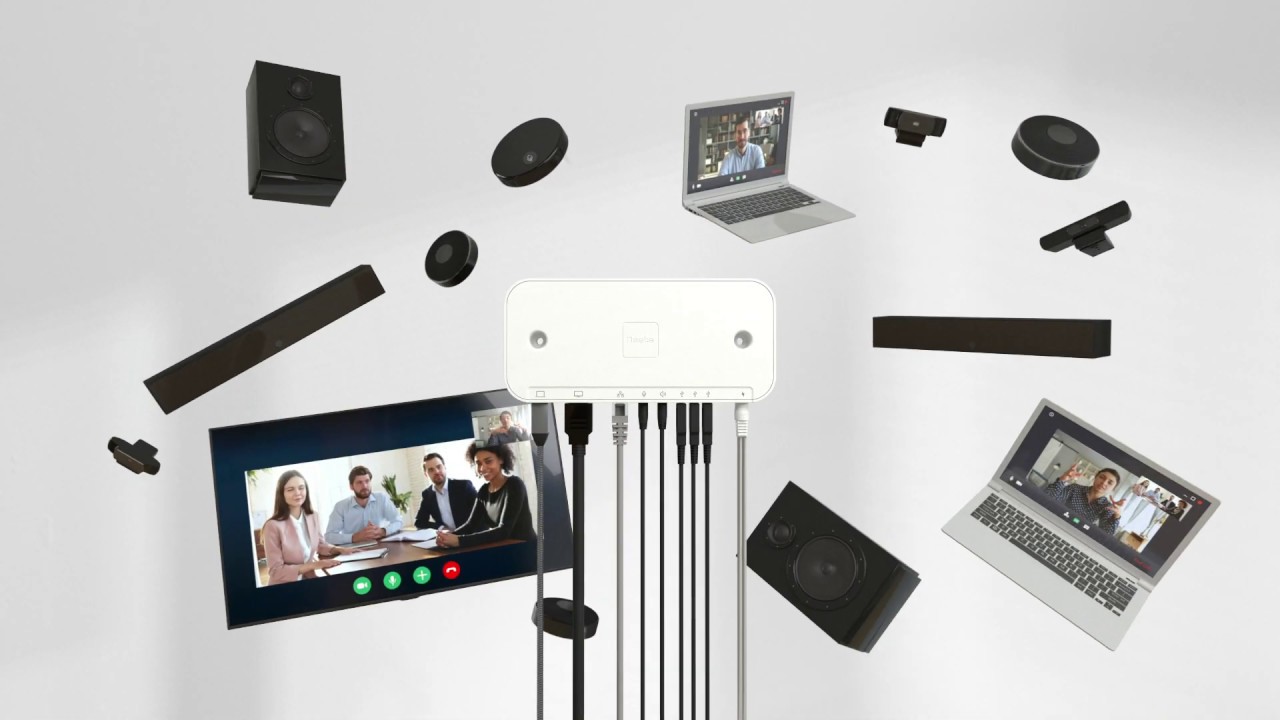The packaging world is now dominated by stand up pouches. It is a bag or a pouch that is capable of standing alone. It was in 1968 when the very first stand up pouch concept was patented. However, the stand up pouches popularity did not start until the patent expired.
The design and structure of stand up pouches has developed over the years to incorporate creative design features such as a resealable zipper, convenient tear notches for convenient opening, and some pouches also have a window which would let the customers easily see what is inside.
Currently, for many well-known products, stand up pouches is the go-to packaging option. These airtight containers are used by companies for packaging candies, coffee, tea, beauty products and many more. Top brands are moving from traditional rigid packaging like jars, canisters, tins and boxes to the versatile stand up pouch. The pouches are kept flat so that it can save valuable retail space. Stand up pouches are highly lightweight, thus, a company saves a lot more from the expenses because of the cost reduction from the shipping and freight. As a result, there is a great positive impact and development to the packaging companies. It is also one of the ways for the packaging companies to earn bigger revenues and, at the same time, boost the growth of their company.
What are Stand Up Pouches Made of?
Stand up pouches comprises various layers of laminated barrier materials to produce a continuous sheet. The packaging’s versatility and shelf life are determined by the barrier materials of the pouch design. The materials selected also determine the prospective danger of punctures, leaks, and tears in the pouch. Ultimately, selecting a higher-quality stand up pouch will mean fewer issues in the future. The stand up pouches usually has two to three layers. There is a middle layer, an outer layer, and an inner layer. Each layer offers a protective barrier against environmental components including humidity, ultraviolet light, oxygen, and external odors.
Barrier Layers of Stand Up Pouches
Outer Layer
Stand up pouches provides a variety of outer layer choices such as natural kraft paper, black kraft paper, transparent and matte frosted exterior. The stand up pouch’s exterior layer conveys the brand image and it is what attracts customers.
The natural kraft paper pouches have an all-natural and earth-friendly looking design. While black kraft paper stand up pouches have a strongly appealing look that is coupled with kraft papers natural feel and texture. Nevertheless, kraft paper is not only used for its good looks but because it is strong and highly durable. Kraft paper’s natural texture makes it perfect for hand stamping and labelling. On the other hand, the matte frosted stand up pouch have a very fascinating and appealing look that is capable to enhance any product. The matte frosted stand up pouches’ biggest advantage is that it is water-resistant. They can also be printed with labels – either stamped by hand with continuous ink or hot-stamped. It is best to avoid the use of inexpensive and poorly built kraft paper pouches when it comes to packaging products.
Middle Layer
This middle layer can be produced by various film components, but it is frequently made up by aluminum foil, metalized film, and polyethylene terephthalate. Aluminum foil layer barrier keeps the item fresh for about twenty months or a year and half compared to using a metalized film barriers film which will just have thirteen months.
Aluminum foil film looks much greater and provides better protection. This is also the primary choice of well-known companies to use when manufacturing their stand up pouches.
Metalized films are mostly used in packaging which has low quality. This cheaper material does not give the long-term protection that aluminum foil does (although it does still give barrier protection). The metalized film has a metallic presence and is not very attractive to the clients when they tend to open the pouch. It is a party of the polyester family which is the thermoplastic polymer resin used in food and beverage packaging, personal care goods, and many other consumer goods.
Inner Layer
The inner barrier layer of stand up pouches is the most important layer, especially when it is going to be used for food packaging since it is the internal lining of the packaging that comes directly into touch with the product.
Low-density linear polyethylene is the most popular material used for stand up pouches. This material is commonly used in the packaging industry as it is approved by the Food and Drug Administration and is safe for direct food contact.
It is also the design of the inner layer that makes a stand up pouches easily to seal. Heat sealing of the stand up pouches provides a tamper-evident seal to the product, thus ensuring the customers with certainty that the product has not been opened or manipulated.
Types of Stand up Pouches
Flat Bottom Stand up Pouch with Tearing Zipper:
This type of pouch has flat bottom making it more stable when it is being stacked. It can be presented elegantly on the racks and is readily stackable, which is very appealing and attractive for the customers. These stand up pouches also comes with a tearing zipper that makes opening it very convenient.
Single Web Stand up Pouch:
The single web stand up pouch is now commonly used all throughout the world. This pouch includes an extra web of film or a pre-pricing and pre-labelling header. It is also compact, easy to stack, takes less space when displayed on the shelf and very convenient to use when travelling. This type of stand up pouch also offers customers the comfort when using the goods inside the packaging. The bags also provide great product protection against moisture, ultraviolet light, and other components ensuring the product is safe from harm.
Spout Pouch:
The spout pouch is a versatile type of packaging and is mostly used for packaging food products (but it is also equally efficient when storing liquid). They are suitable for packaging small amounts of liquid food products such as fruit juices, ketchup, etc.









